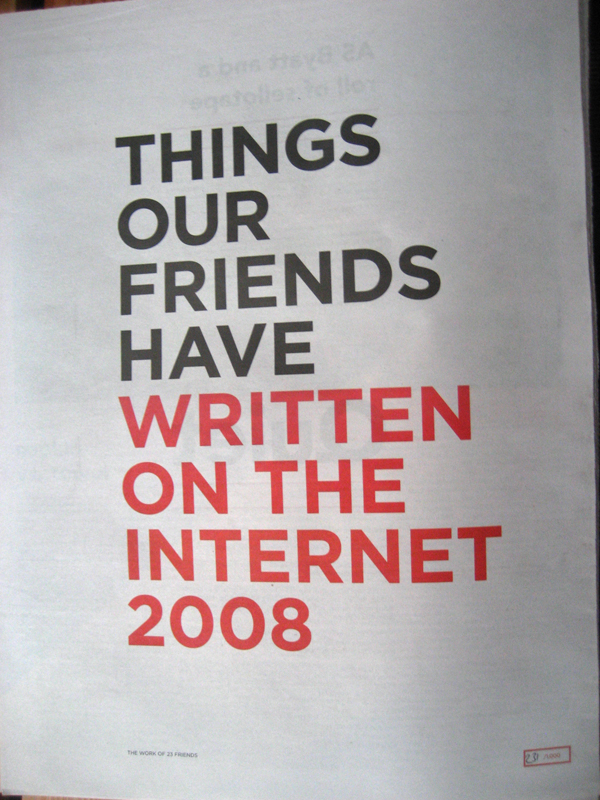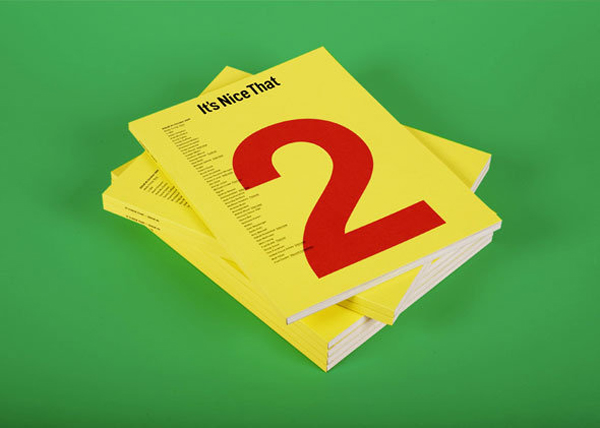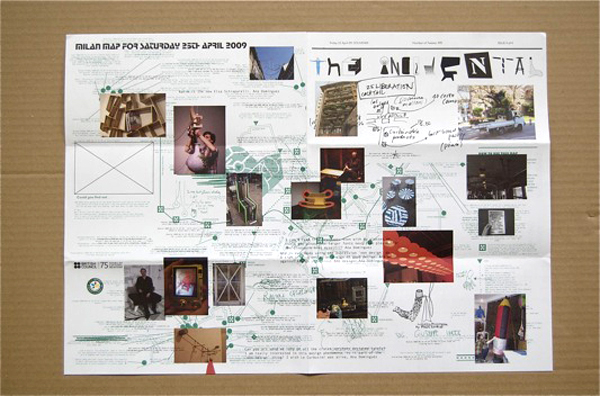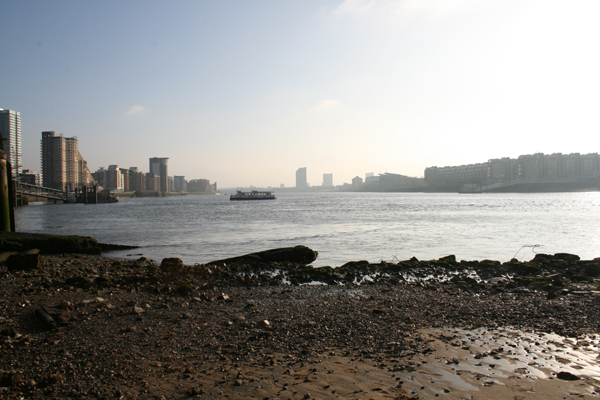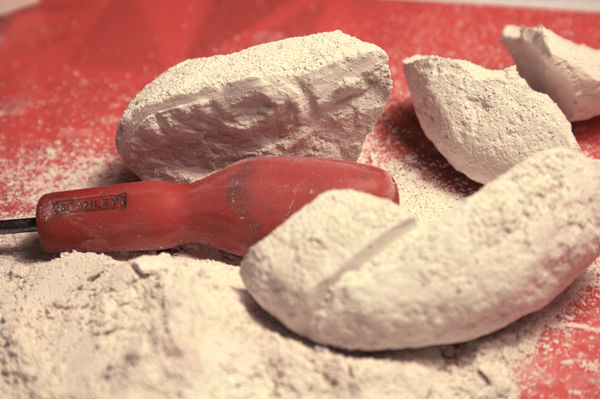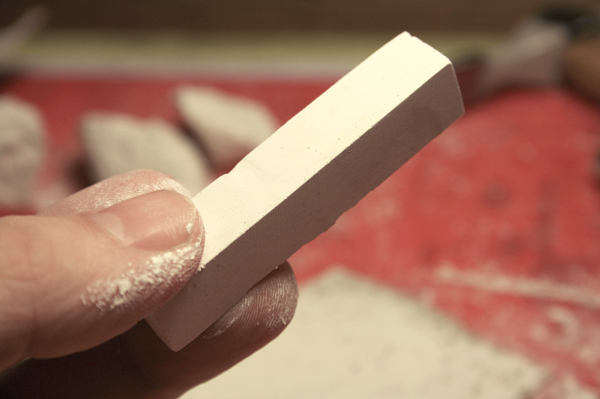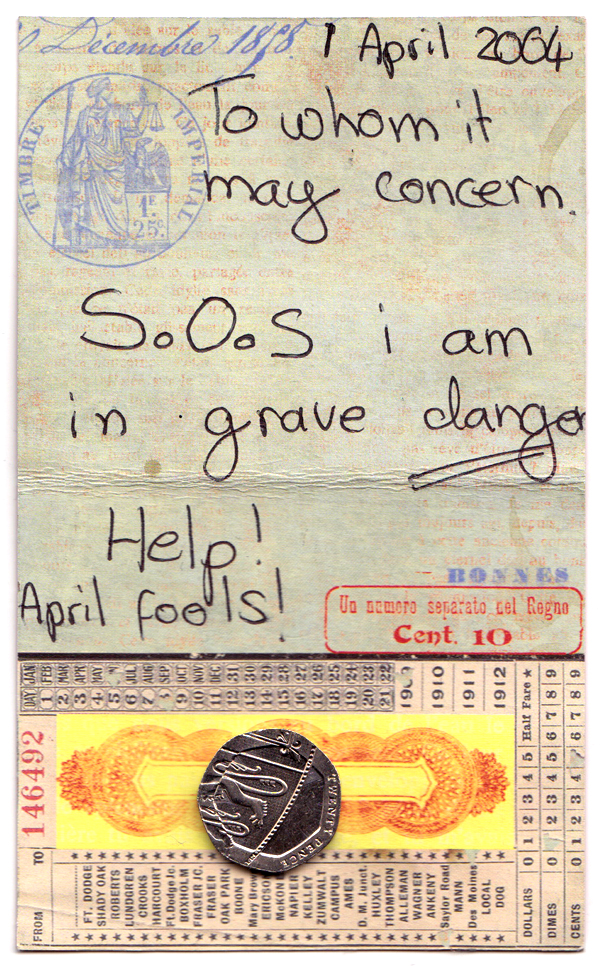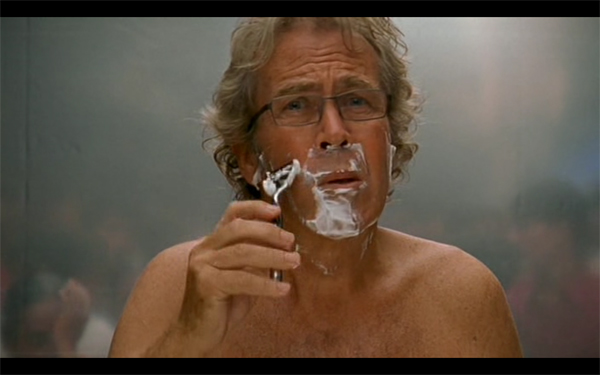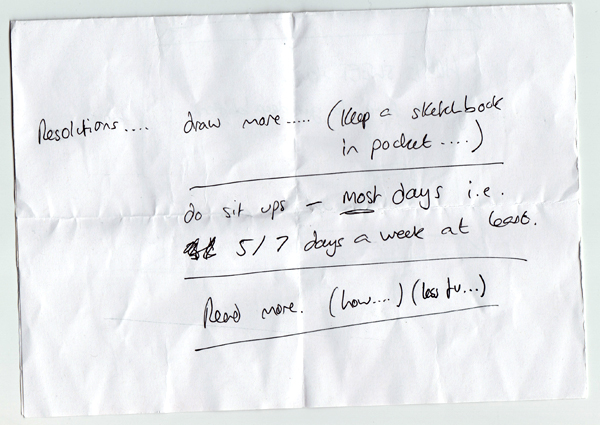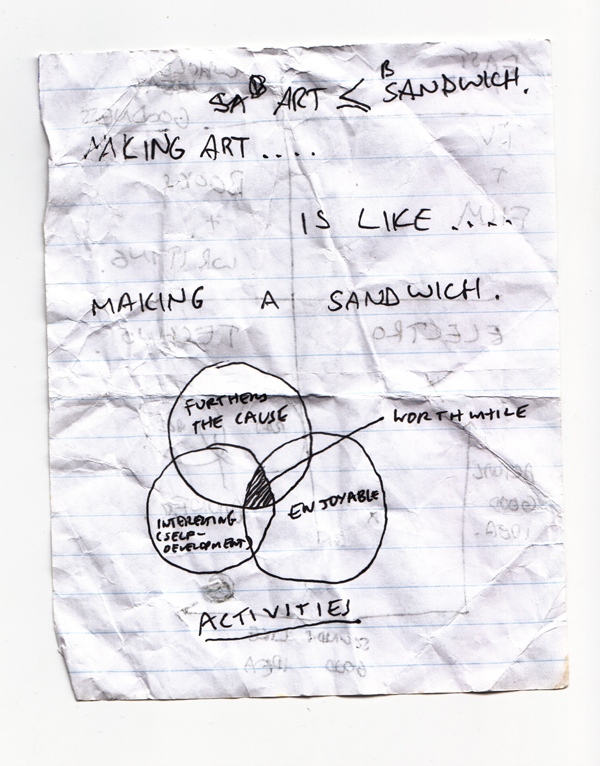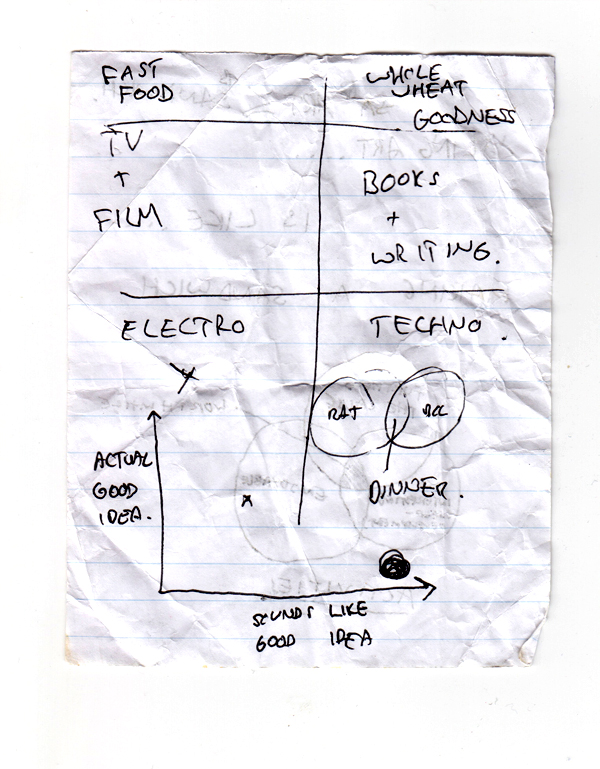Took a trip to the Design Museum and here's my round up of favourites from the Design Awards. The stuff shown is what I reckon is most awesome- there was of course some stuff that I didn't dig- but the following was so good I left feeling good about the Design industry which I hadn't expected. This is Sugru- a material which can be moulded by hand and cures at room temperature to become a washable, heatproof silicone. Sold as coloured lumps in various sizes it's designed for hacking your objects- fixing, making better and is generally just awesome.
The Really Interesting Group (RIG) have created the Newspaper Club- utilising down time at printers they have created a service which allows individuals to upload artwork for their own newspapers of between 5 and 5000 copies- they've made printing incredibly affordable. Perhaps the most interesting (excuse the pun) thing which started it off is 'Things Our Friends Have Written On The Internet', a publication aggregating images and text from blogs, and websites into a printed publication. Heavy web 3.0 shit.
In a similar vain It's Nice That get my respect for producing a consistently quality package of blog, features, jobs board, exhibitions, artwork and most importantly for me an extremely affordable printed output: again, using the advantages of the internet to create content. Printing it turns it into something better- sort of brings it full circle.
Real Time by Maarten Baas is a clock which is changed manually- he's done a few- some with brushes, some as installations but this one is done with some red glass- black paint (I think I read it was latex) and a squigee. Watch the video. Not in the show but found on his website: I really really like his clay furniture series- I mean I really like it and I'm not into chairs.
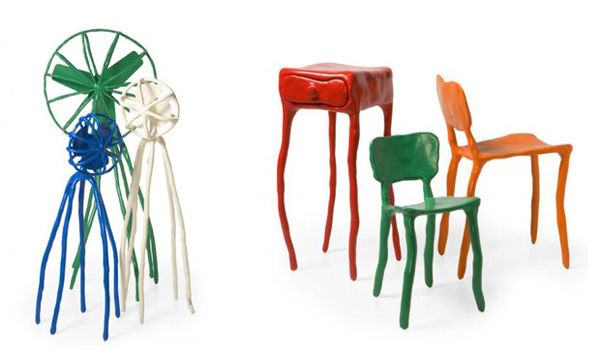 Also worth a mention were BBC iPlayer, Amazon's Kindle (Both of these were of going to happen, but are still well designed and pretty revolutionary), Why Not Associates Literary Forest, and The Trillion Dollar Project (to raise awareness for The Zimbabwean newspaper.
Also worth a mention were BBC iPlayer, Amazon's Kindle (Both of these were of going to happen, but are still well designed and pretty revolutionary), Why Not Associates Literary Forest, and The Trillion Dollar Project (to raise awareness for The Zimbabwean newspaper.
